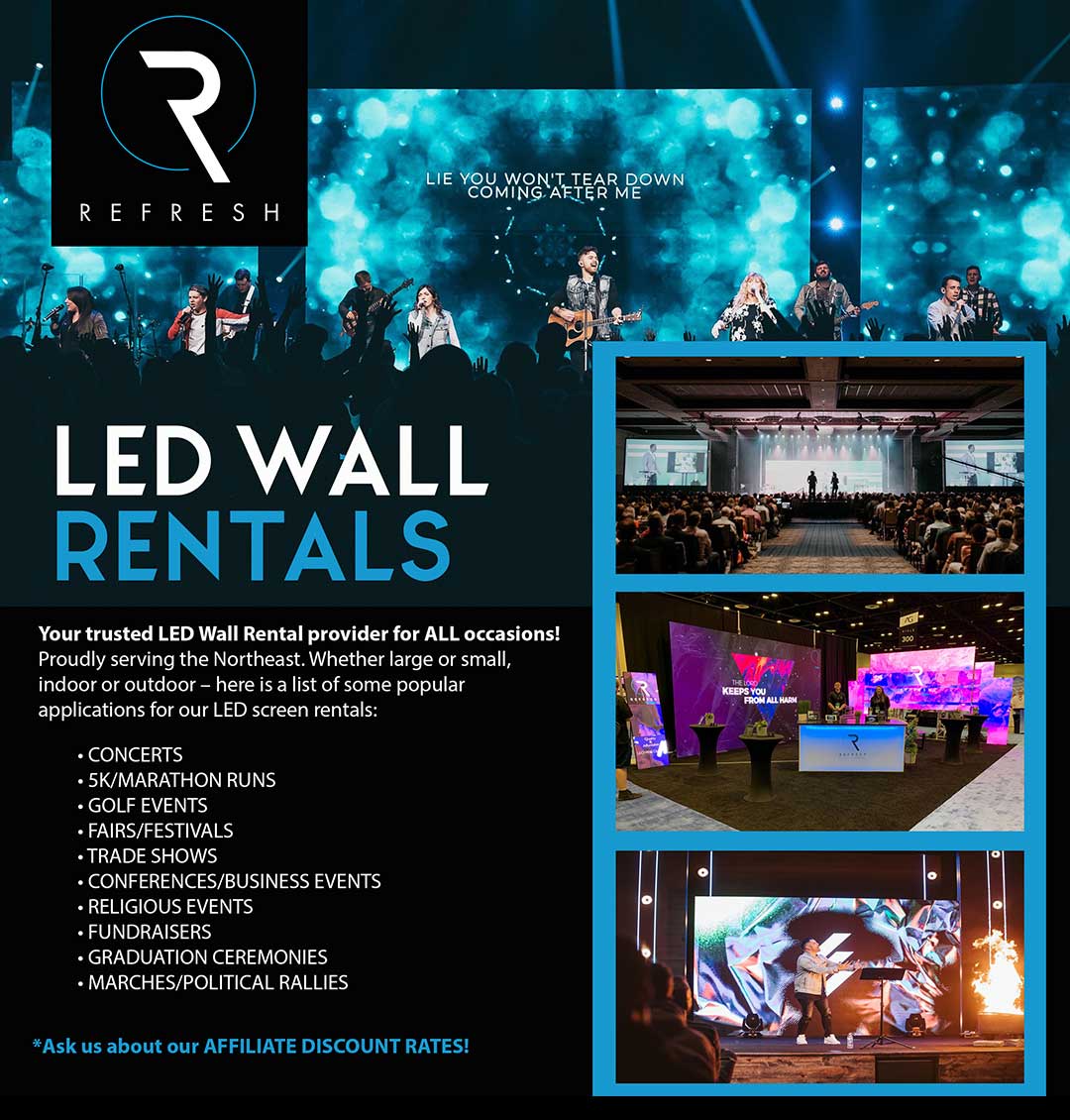Exploring the Wide-ranging Connectivity Solutions Available for Light Emitting Diode Display Panels
Exploring the Wide-ranging Connectivity Solutions Available for Light Emitting Diode Display Panels
Blog Article
LED display panels have gained popularity for their capacity to deliver crisp imagery in various settings, from professional environments to entertainment venues. One of the primary aspects of these panels is their connectivity capabilities, which allow users to connect them to multiple devices and systems. Understanding the diverse connectivity options available for LED wall panels is essential for maximizing their use and effectiveness. This article details these features, showcasing how they can adapt to various needs and preferences.
One frequent connection method for Light Emitting Diode wall panels is HDMI. High-Definition Multimedia Interface is broadly recognized for delivering crisp video and audio signals between devices. This interface type is particularly beneficial in business settings, such as meeting spaces or training rooms, where presentations or video content are often displayed. By using HDMI cables, users can seamlessly link laptops, projectors, and streaming devices to Light Emitting Diode wall panels, guaranteeing a clear and vibrant presentation of information.
Another popular connectivity method is DisplayPort, which is similar to High-Definition Multimedia Interface but offers additional advantages. Display Port can support elevated refresh rates and display outputs, making it an excellent choice for gaming or design-heavy applications. For those deploying LED wall panels in settings where output quality is critical, such as esports arenas or creative workspaces, DisplayPort can provide the necessary visual clarity. Moreover, many contemporary computers and graphics cards feature DisplayPort connections, making it a practical solution for tech-savvy users.
In contrast to High-Definition Multimedia Interface and DisplayPort, wireless connectivity methods are becoming progressively prevalent in LED wall panel solutions. Cable-free interfaces allow users to transmit content without the requirement for physical cables, enabling a streamlined and more flexible setup. Technologies such as wireless internet and short-range communication enable users to connect smartphones, tablets, and laptops directly to Luminescent Diode wall panels without tangled wires. This convenience is especially beneficial in fast-paced settings like trade shows or events, where quick adjustments to displays are often required.
For extensive deployments or more info here more complex setups, LAN integration through Ethernet is another viable option. Wired links provide a consistent and robust way to connect multiple LED wall panels within a network. This setup is suitable for electronic display use cases found in retail centers or transport hubs, where numerous panels may need to display synchronized content across a wide area. By using network cabling and routing hardware, operators can guarantee that all linked panels receive uniform updates and information seamlessly.
Lastly, it's important to consider the future of connectivity with technologies such as Universal Serial Bus-C and Thunderbolt Three. These next-generation connection types offer increased data transfer speeds and versatility by allowing one cable to handle both power delivery and data transmission. As more devices adopt these standards, Light Emitting Diode wall panels equipped with Type-C ports will likely become more prevalent. This shift in connectivity not only enhances the functionality of LED wall panels but also aligns with the growing trend of minimalism in technology setups by reducing the number of cables needed.
In conclusion, examining the diverse connectivity options available for LED wall panels reveals many possibilities for users across various fields. From traditional approaches like High-Definition Multimedia Interface and DisplayPort to modern wireless solutions and network connections, each option serves unique purposes tailored to specific needs. Furthermore, next-gen technologies like Universal Serial Bus-C offer further developments in how professionals utilize Luminescent Diode wall panels. By grasping these integration alternatives, end-users can make strategic selections that optimize their click here to find out more overall engagement with these versatile visual solutions.